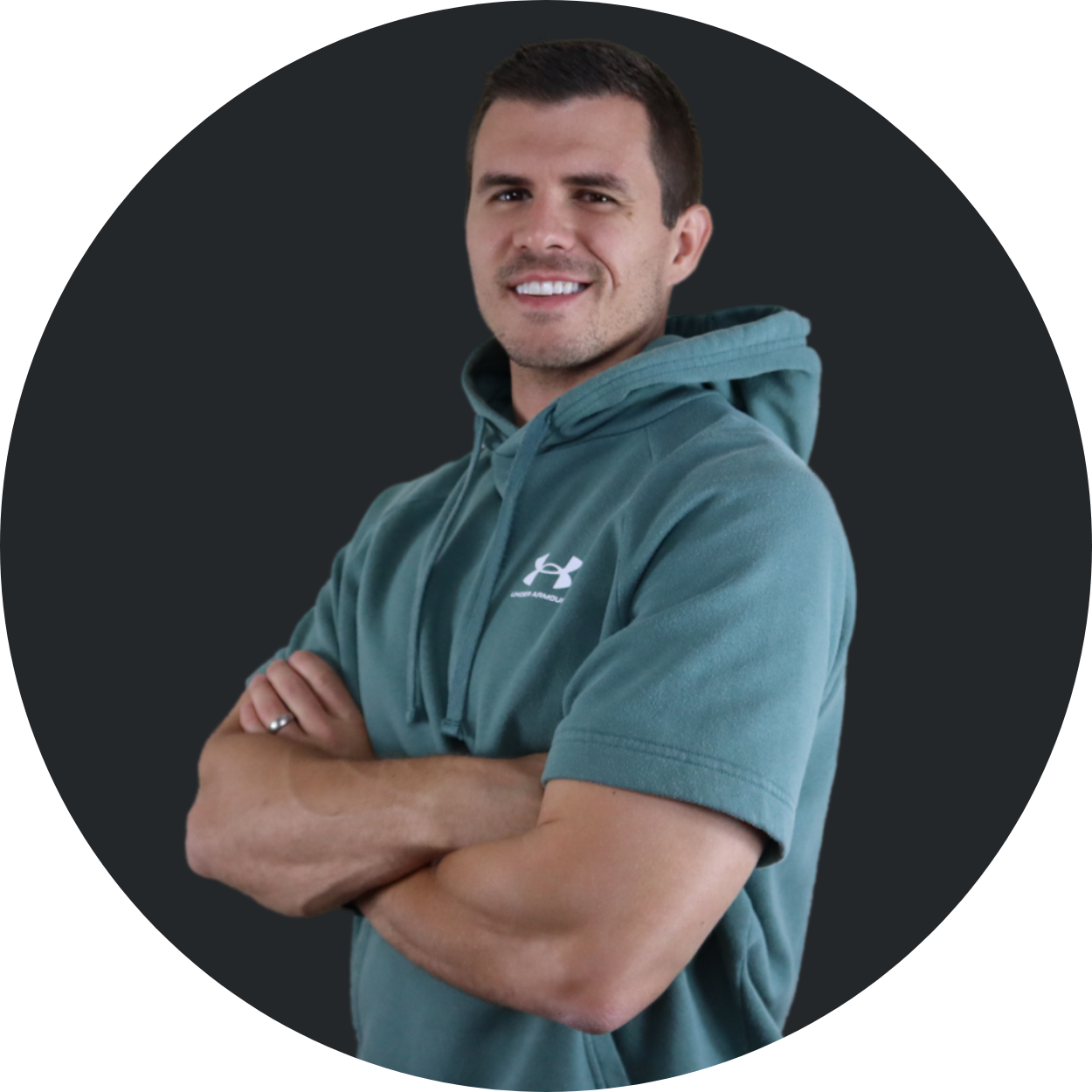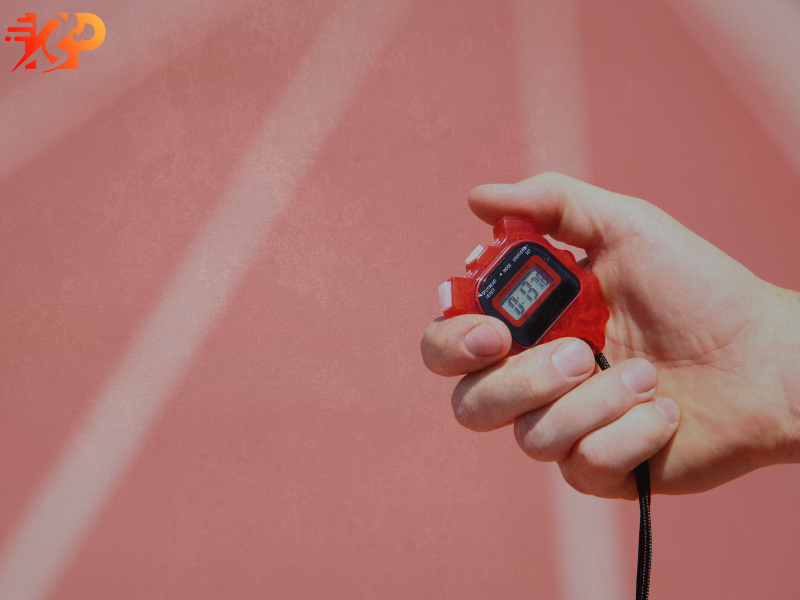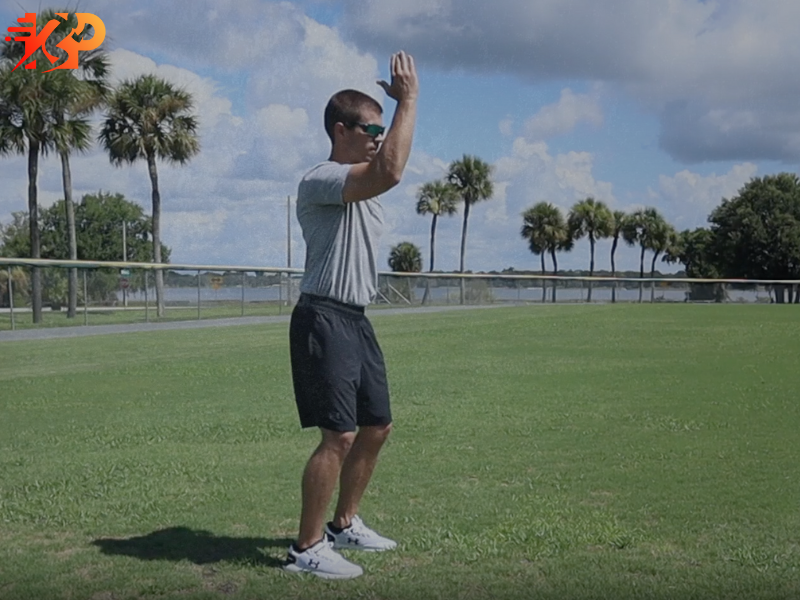Help Your Athlete Run Fast: A Parent’s Guide to Increasing Speed!

By Mark Keil, CSCS
Posted on August 11, 2024

By Mark Keil, CSCS
Posted on September 11, 2024

Does your athlete need to improve their speed?
They’re slower than their teammates, but you’re not sure why because they’re in all the same practices, camps, clinics… you name it!
Yet, they just can’t seem to keep up.
Here’s a few reasons why that may be (and how to fix it!)
Is your athlete slow off the line (that is, at the beginning of the sprint)?
The first few steps of a sprint are part of the Acceleration Phase. This phase of the sprint can make or break your athlete’s speed.
If they’re not fast off the line, then it doesn’t matter how fast they are at Top End speed, they’ll be exerting all their effort just trying to catch up.
Plus, most sports don’t provide the athlete with the opportunity to achieve Top End speed as the majority of the running involves short bursts. This makes the Acceleration Phase all the more important.
If your athlete is slow off the line, then watch their posture during the initial steps. Do they immediately stand upright?
When the athlete stands up tall too quickly, they will struggle to efficiently produce speed. That’s because they are now driving their momentum vertically when they should be driving it horizontally in the direction they’re running.
Sure, they’ll ultimately transition to a more upright position; but if they do that too fast, then it will negatively impact their speed.
The solution: Have them increase their forward lean (slightly) during those initial steps of the sprint.
Does your athlete drive their arms when they run?
Arm motion is huge in generating maximal speed.
But simply moving the arms is not enough. Your athlete must move their arms correctly.
I tell athletes all the time, ‘You can chop at the elbows all day and not increase your speed’. That’s because momentum is generated when the athlete drives their arms from front-to-back at the shoulders (not the elbows).
Also, watch that they are not crossing their body with their arms (that is, moving their arms side-to-side). Doing this makes it more difficult on to achieve maximal speeds because, as they are trying to run straight ahead, they are now throwing their body side-to-side.
Lastly, your athlete should try to maintain a (roughly) 90-degree angle at the elbow during the entire movement. It can be tough to maintain this short lever, especially as the arm moves from the front to the rear position, but that should be the goal.
The solution: Have your athlete practice driving their arms from front-to-back at the shoulders. Here’s an article that will teach you more specifics and show you drills your athlete can preform at home.
Does your athlete complain of their muscles being tight?
I cannot stress enough the importance of a proper warm up.
If your athlete is going to run fast, then they must be able to use their muscles through their full range of motion.
For younger athletes, this may just be a quick static stretching routine followed by a dynamic stretching routine (or vice versa). Older athletes may need to spend 5-10 minutes Foam Rolling before they move into the dynamic and static stretching routines.
Bottom line- if the athlete’s muscles are tight, then their ability to produce maximal explosive power will be hindered.
The solution: Have your athlete stretch (stretching is something that can be done daily!).
It’s good for your athlete to get in the habit of stretching; and as your athlete begins participating in a strength training program, stretching will better enable your athlete to use the strength and power they’ve developed to improve on-field performance (this includes speed).
Does your athlete strike their heel out in front of them as they run?
If they do, then they’re slowing themselves down.
Yes, stride length can increase the athlete’s speed. In fact, Stride Length and Stride Frequency are the two factors that dictate speed.
However, there is a point in which Stride Length can reduce speed.
And when the athlete is extending their stride so far that their heel strikes the ground in front of their hips, they’ve reached that point. While it’s normal for the foot to strike the ground in front of the athlete’s center of gravity, the mid-foot should strike the ground, not the heel. When the heel strikes the ground, its acting like a brake and reducing their speed.
The solution: This can be a tricky one, but what I’ve found to work best is telling the athlete, ‘make sure you’re running on the ball of your foot’.
When the athlete focuses on this, they can no longer over-extend (if they did, they would fall backward (I’ve never seen that happen).
Is your athlete slow to transition between changes in direction?
This may be the result of your athlete loading one leg too much.
If your athlete loads too much of their weight on one leg, then they’ll end up having to push themselves out of that loaded position before they’re then able to pivot to sprint in another direction.
The solution: Have your athlete try to keep their weight balanced between both feet while staying ‘light on their toes’. I’ve found that the best way to teach this is by having the athlete preform ladder drills. (Practicing the T-Drill can help them become more efficient with Change of Direction Quickness).
If you’d like to improve your athlete’s speed, I can help!
I train athletes every week at World Baseball Outreach. If you’re looking for the Top Speed and Agility Training in Tulsa, then check out my program for free!
Remember, learning to run fast transfers between sports and is a skill they’ll carry with your athlete for the rest of their life! If you’re looking for the top speed and agility program near you, then sign up today to check out the program!
Training Resources





